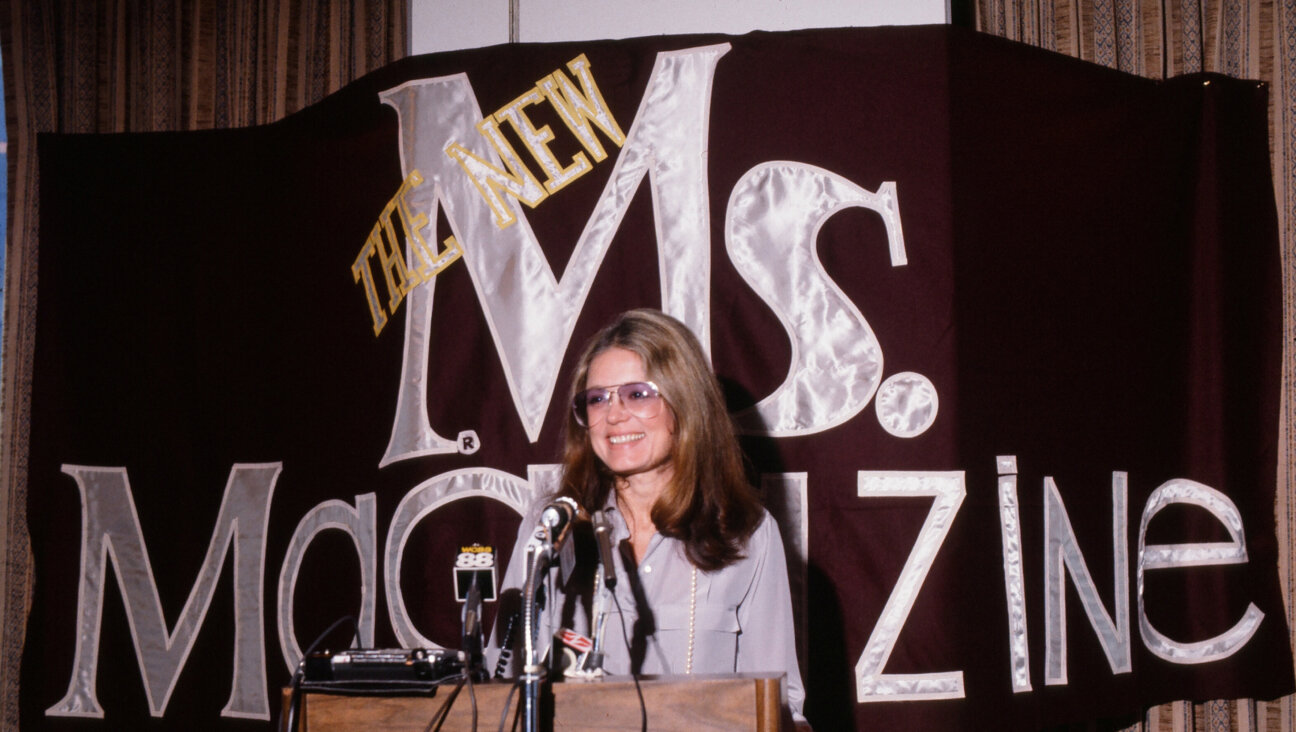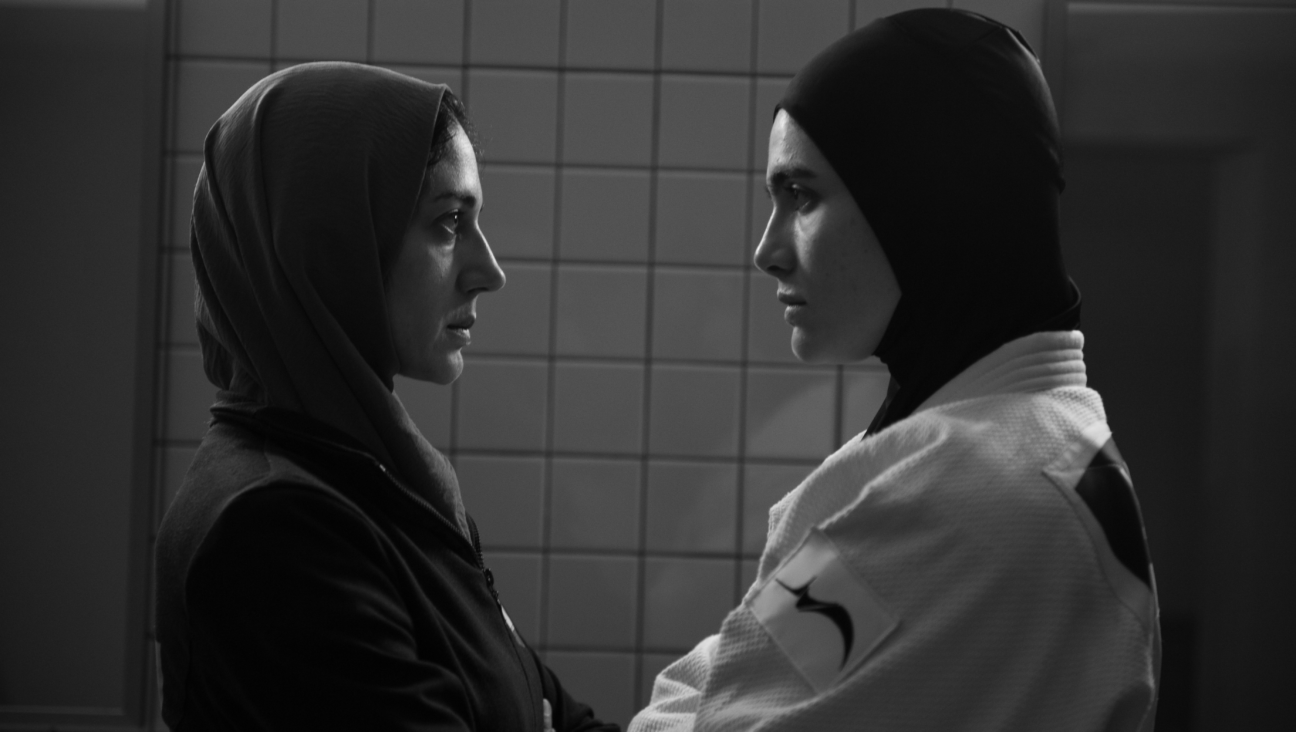When New Journalism And The New Hollywood Both Died In Darkness

Graphic by Angelie Zaslavsky
If you watch a lot of films, you might get the sense that journalism is a very dramatic business — there’s a reason why the Washington Post’s Trump-era slogan, “Democracy Dies in Darkness,” reads like something you might find on a movie poster. Joan Micklin Silver’s 1977 comedy “Between the Lines,” opening on Friday for a weeklong revival at the Quad, casts the news business in a very different light, as a place of economic anxiety, social maladjustment, and existential frustration. And while it’s not always flattering, it never feel inauthentic.
Produced by a merry band of newcomers towards the end of the 1970s New Hollywood period, the film’s youthful energy is counterbalanced by a quietly valedictory quality. Both accord well with the film’s subject matter, the irreverent, precarious world of the alternative media, embodied by the fictional Boston weekly The Back Bay Mainline. As the paper’s editor says early on in the film, “All of us on this paper are either on our way up or on our way down.” Among the handful of bold female voices to emerge in an era better known for movie brat machismo, Micklin Silver turned to “Between the Lines” after her feature debut, the 1975 Yiddish-language period drama “Hester Street.” The cast, too, is made up of upstarts who would later go on to bigger and better-known things, with John Heard as the paper’s disillusioned investigative reporter, Lindsay Crouse as its photographer, prolific character actor Bruno Kirby as an eager rookie, and, as the paper’s rakish rock critic, a lanky young Jeff Goldblum in full Hebrew heartthrob mode.
Among other things, the seventies represented a breakthrough for regionalism in American cinema, with filmmakers setting out to document parts of the country formerly recreated on soundstages or haphazardly portrayed by southern California’s unusually varied landscape. In “Between the Lines,” this extended to the largely unsexy metropolis of Boston, which lends the movie a welcome specificity while also giving the characters the feeling of being small fish in what’s also not the largest pond. The lived-in quality — the product of screenwriter Fred Barron’s stints at actual Boston papers The Phoenix and The Real Paper — takes center stage in the absence of much plot. But for it’s distinctly American sense of humor, “Between the Lines” might feel almost French, focusing on the romantic and professional misadventures of urban sophisticates still youthful if not necessarily young. And despite the distinctly seventies aesthetic, many of their dilemmas can be applied unchanged to today’s media industry, from ominous reports of new ownership and an accompanying “restructuring,” to the constant threats of burnout and penury. One of the film’s more powerful moments comes as Goldblum lets his clownish demeanor slip during a salary argument to snap at his boss, “It’s not that I’m unhappy here, I’m fucking broke.”
Micklin Silver oversees the action with pragmatism and resourcefulness, drawing effective performances from the entirety of the film’s considerable ensemble. She excels particularly with group scenes, democratically distributing the attention from character to character. But her touch is less apparent through specific visual moments than it is in clarifying dynamics that might pass unnoticed in outwardly similar films of the time. The comedies of the New Hollywood, recently spotlighted in a deep-diving retrospective at New York’s Film Forum, were on the whole a ribald affair, exchanging the silken craftsmanship of the studio era for a raunchy, rough-hewn counterculture abandon. An revealing moment in “Between the Lines,” comes as Heard and Crouch team up to report a piece on a strip club. After briefly allowing the audience to ogle the interview’s topless subject, Micklin Silver quickly turns the scene on its head as Crouse, not Heard, proves the more effective interview. Threatened, Heard first condescends to and then mocks Crouse, prompting an earnest reckoning between them on the car ride back. Under Micklin Silver’s watch, what starts as a more lurid look at the city’s underbelly is reveals itself to be a trenchant look at gendered expectations and the characters’ wounded, volatile pride.
Beneath the hookups and hijinks, “Between the Lines” is driven by this kind of pride — personal, professional, sexual, etc. Arriving as the last fumes of the counterculture were about to give way to the hearty revanchism of the eighties, it showcases a kind of self-aware melancholy. “We really shook things up, you know,” Heard tells Crouch about the paper’s sixties heyday, “…we didn’t change anything.” And for all the heroic portrayals of journalists and media and lip service paid to the indispensability of that increasingly imperiled workforce, even the best writing rarely has any tangible effect. In this, the characters’ alternately tender and outsized egos come through as a kind of double-edged sword. On one hand, their jostling inevitably results in bruising and bad behavior; but on the other, their pride is what they have, the consolation of the sense of being good at one’s job. In the absence of more, as it were, material incentives, good writing often comes down to a sense of personal standards, a tacit competition with one’s peers and oneself.
Inevitably, it’s an uphill battle, and as the new ownership comes into view, one gets the sense that the spirit of the Mainline will migrate elsewhere, to bigger challenges or to indulge the temptation of moving to the hinterlands to produce what one character deems “the mediocre American novel.” In this, the Mainline is a fitting reflection of the fading New Hollywood itself, which despite a case of overbearing masculinity, did represent a breath of artistic freedom. “Between the Lines” came out the same year as “Star Wars” and two years after “Jaws,” the films that helped to usher out Hollywood’s counterculture era and inaugurate the period of conglomerate-produced blockbusters that still predominates and may just, regrettably, outlive us all. But despite how much it conveys the feeling a single very specific, transitional moment, the world of “Between the Lines” hardly feels unfamiliar, particularly if one’s had any experience of current media trends. While counterculture organs like the Back Bay Mainline may have been on their way out, the paper’s precarious, pessimistic existence has now become the norm for the press in general, regardless of size or scope.
Daniel Witkin writes frequently about film for the Forward.























